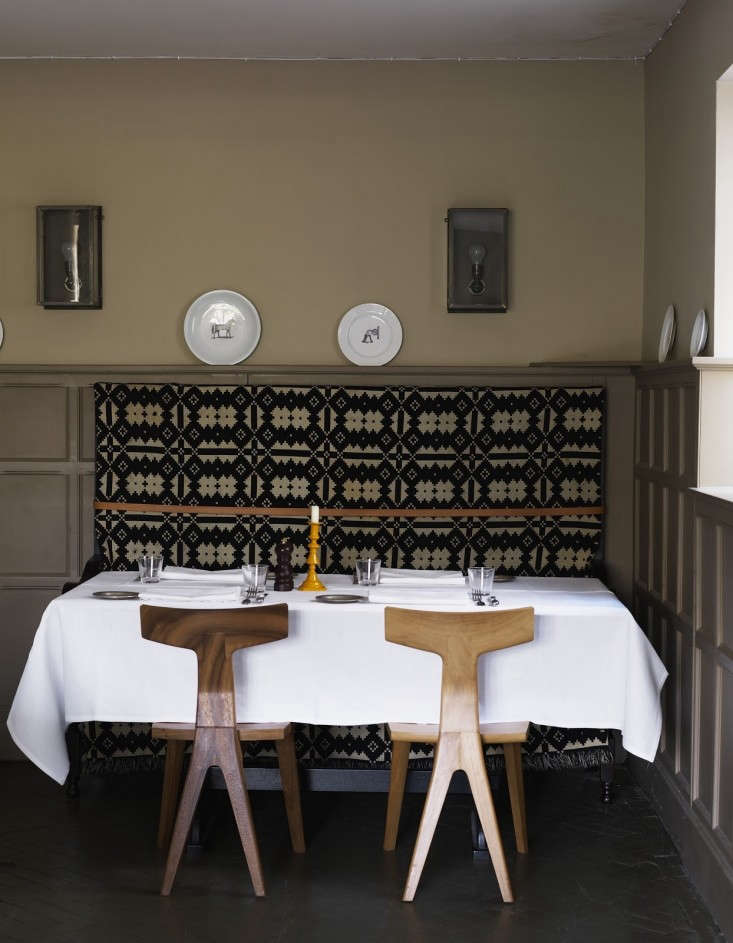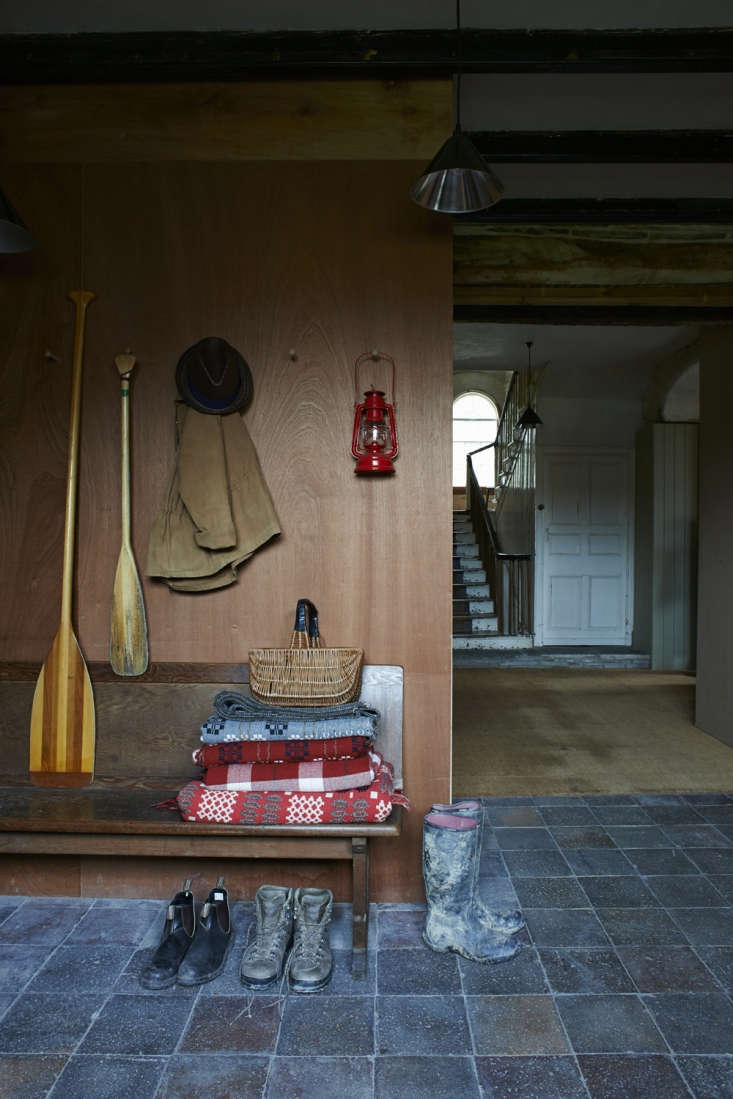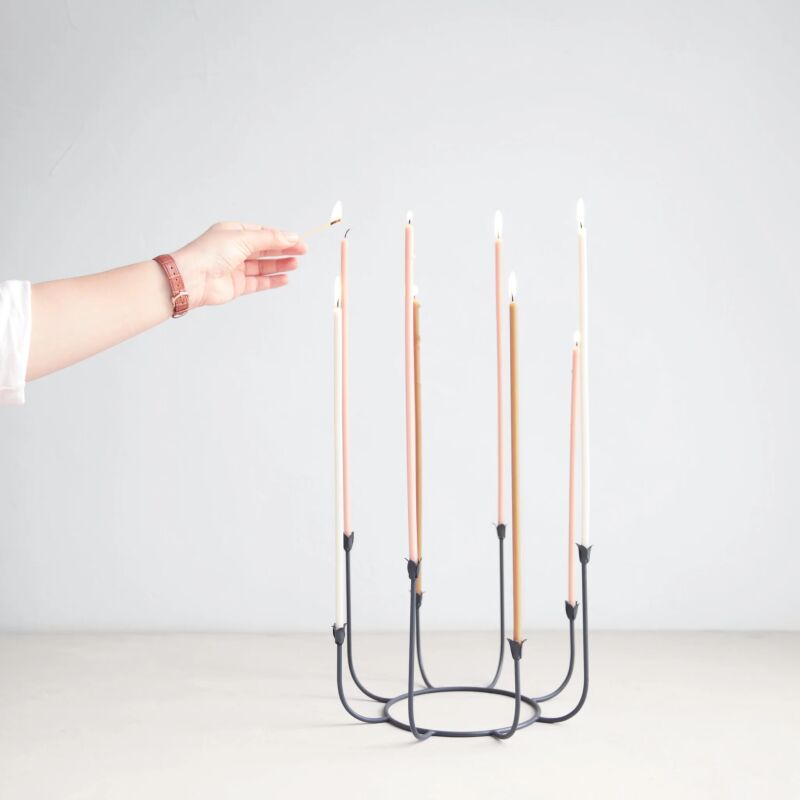Lately we’ve been pleased to note the return of an old-school staple: hardy wool blankets, the sort an English grandmother would have on every bed, back from the blanket chest. In hues of olive, rust, and black, and a variety of tartans, checks, and traditional Welsh patterns, they suit cottages and streamlined interiors alike. Take a look at a few favorite sightings.










Much more on wool blankets, and their care and keeping, here:
- Expert Advice: How to Clean Woolen Blankets, 5 Tips
- Welsh Coast: Traditional Wool Blankets in Unexpected Palettes from Melin Tregwynt
- Into the Wild: Evangeline Linens in Portland, Maine




Have a Question or Comment About This Post?
Join the conversation (1)